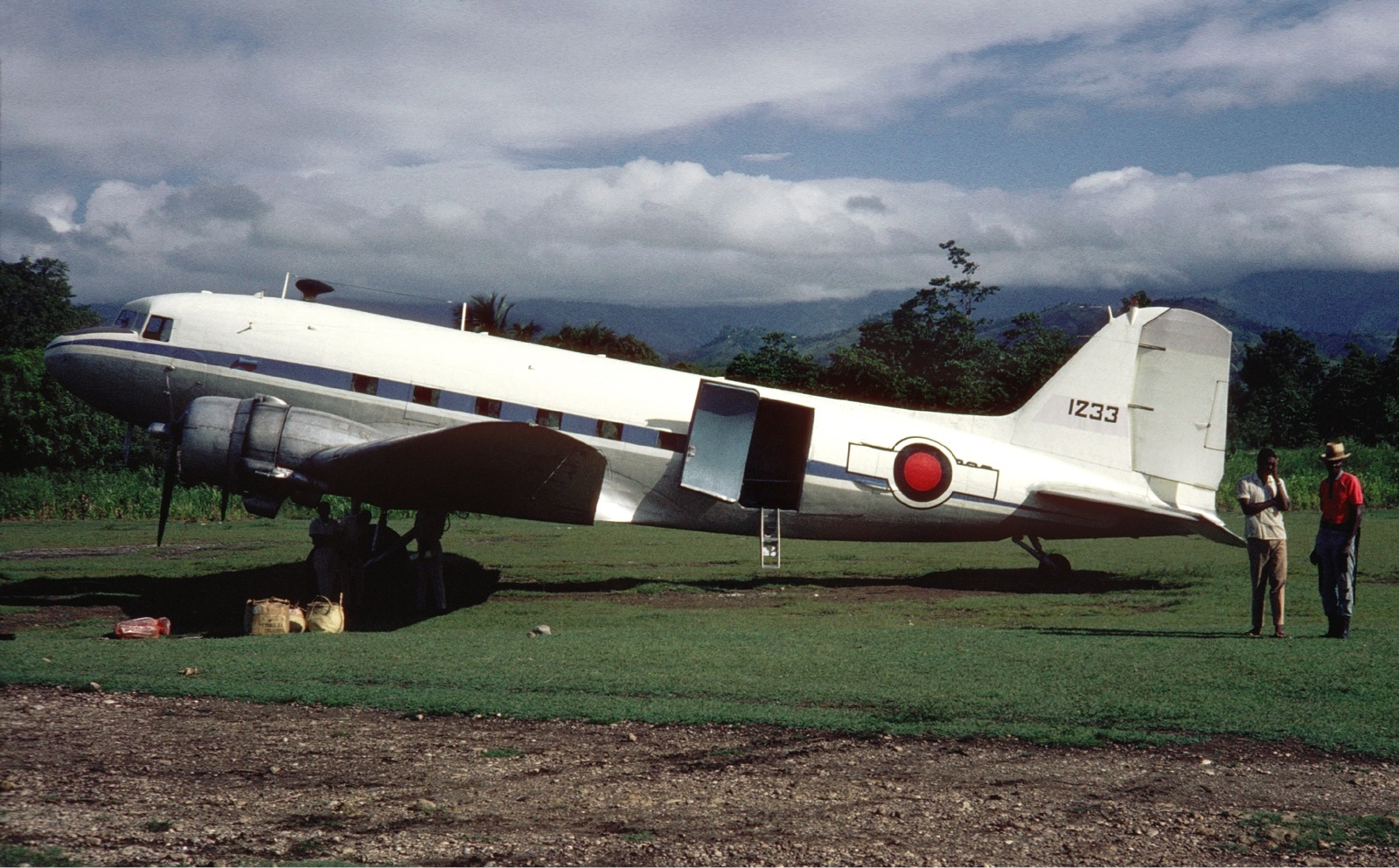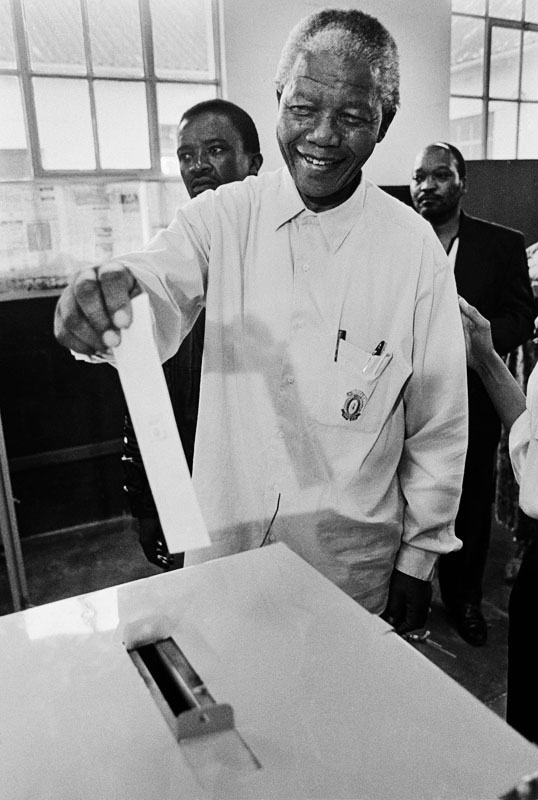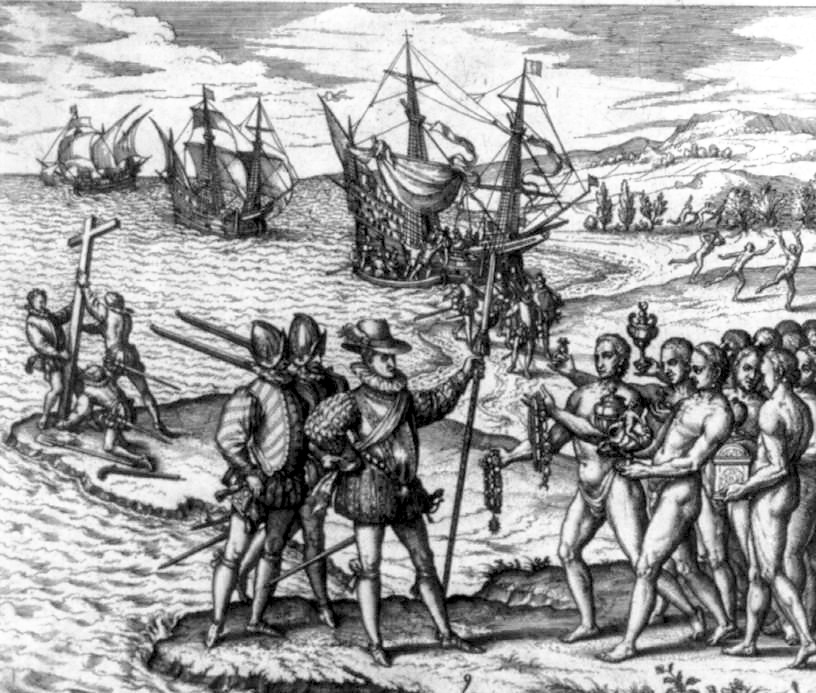|
United Nations Security Council Resolution 905
United Nations Security Council resolution 905, adopted unanimously on 23 March 1994, after recalling resolutions 841 (1993), 861 (1993), 862 (1993), 867 (1993), 873 (1993) and 875 (1993), on the situation in Haiti, the council extended the mandate of the United Nations Mission in Haiti (UNMIH) until 30 June 1994. The council was disturbed by the obstruction to the dispatch of UNMIH and the failure of the Armed Forces of Haiti to carry out their responsibilities to allow UNMIH to carry out its work. The importance of the Governors Island Agreement of 3 July 1993 between the President of Haiti and the Commander in Chief of the Armed Forces of Haiti was stressed, which promoted the return of peace and stability to the country. Finally, the Secretary-General Boutros Boutros-Ghali was requested to report to the council making specific recommendations with regard to UNMIH's composition and scope of its activities. See also * History of Haiti * List of United Nations Security Council ... [...More Info...] [...Related Items...] OR: [Wikipedia] [Google] [Baidu] |
Port-au-Prince
Port-au-Prince ( , ; ht, Pòtoprens ) is the capital and most populous city of Haiti. The city's population was estimated at 987,311 in 2015 with the metropolitan area estimated at a population of 2,618,894. The metropolitan area is defined by the IHSI as including the communes of Port-au-Prince, Delmas, Cite Soleil, Tabarre, Carrefour and Pétion-Ville. The city of Port-au-Prince is on the Gulf of Gonâve: the bay on which the city lies, which acts as a natural harbor, has sustained economic activity since the civilizations of the Taíno. It was first incorporated under French colonial rule in 1749. The city's layout is similar to that of an amphitheater; commercial districts are near the water, while residential neighborhoods are located on the hills above. Its population is difficult to ascertain due to the rapid growth of slums in the hillsides above the city; however, recent estimates place the metropolitan area's population at around 3.7 million, nearly half of the ... [...More Info...] [...Related Items...] OR: [Wikipedia] [Google] [Baidu] |
Military Of Haiti
The Armed Forces of Haiti (french: Forces Armées d'Haïti—FAd'H), consisted of the Haitian Army, Haitian Navy (at times), the Haitian Air Force, Haitian Coast Guard, (ANI) and some police forces (Port-au-Prince Police). The Army was always the dominant service with the others serving primarily in a support role. The name of Haiti's military was changed from the Garde d'Haiti to the Forces Armées d'Haïti—FAd'H in 1958 during the rule of François Duvalier. After years of military interference in politics, including dozens of military coups, Haiti disbanded its military in 1995. On 17 November 2017, the armed forces were remobilized by President Jovenel Moise. The President suspended the previous executive orders by then President Jean-Bertrand Aristide who suspended and disbanded the armed forces on 6 December 1995. History Origins The origins of Haiti's military lie in the Haitian Revolution. A decade of warfare produced a military cadre from which Haiti's ea ... [...More Info...] [...Related Items...] OR: [Wikipedia] [Google] [Baidu] |
1994 In Haiti
File:1994 Events Collage.png, From left, clockwise: The 1994 Winter Olympics are held in Lillehammer, Norway; The Kaiser Permanente building after the 1994 Northridge earthquake; A model of the MS Estonia, which sank in the Baltic Sea; Nelson Mandela casts his vote in the 1994 South African general election, in which he was elected South Africa's first president, and which effectively brought Apartheid to an end; NAFTA, which was signed in 1992, comes into effect in Canada, the United States, and Mexico; The first passenger rail service to utilize the newly-opened Channel tunnel; The 1994 FIFA World Cup is held in the United States; Skulls from the Rwandan genocide, in which over half a million Tutsi people were massacred by Hutus., 300x300px, thumb rect 0 0 200 200 1994 Winter Olympics rect 200 0 400 200 Northridge earthquake rect 400 0 600 200 Sinking of the MS Estonia rect 0 200 300 400 Rwandan genocide rect 300 200 600 400 Nelson Mandela rect 0 400 200 600 1994 FIFA World Cup ... [...More Info...] [...Related Items...] OR: [Wikipedia] [Google] [Baidu] |
1994 United Nations Security Council Resolutions
File:1994 Events Collage.png, From left, clockwise: The 1994 Winter Olympics are held in Lillehammer, Norway; The Kaiser Permanente building after the 1994 Northridge earthquake; A model of the MS Estonia, which sank in the Baltic Sea; Nelson Mandela casts his vote in the 1994 South African general election, in which he was elected South Africa's first president, and which effectively brought Apartheid to an end; NAFTA, which was signed in 1992, comes into effect in Canada, the United States, and Mexico; The first passenger rail service to utilize the newly-opened Channel tunnel; The 1994 FIFA World Cup is held in the United States; Skulls from the Rwandan genocide, in which over half a million Tutsi people were massacred by Hutus., 300x300px, thumb rect 0 0 200 200 1994 Winter Olympics rect 200 0 400 200 Northridge earthquake rect 400 0 600 200 Sinking of the MS Estonia rect 0 200 300 400 Rwandan genocide rect 300 200 600 400 Nelson Mandela rect 0 400 200 600 1994 FIFA W ... [...More Info...] [...Related Items...] OR: [Wikipedia] [Google] [Baidu] |
List Of United Nations Security Council Resolutions 901 To 1000
This is a list of United Nations Security Council Resolutions 901 to 1000 adopted between 4 March 1994 and 23 June 1995. See also * Lists of United Nations Security Council resolutions * List of United Nations Security Council Resolutions 801 to 900 * List of United Nations Security Council Resolutions 1001 to 1100 This is a list of United Nations Security Council Resolutions 1001 to 1100 adopted between 30 June 1995 and 27 March 1997. See also * Lists of United Nations Security Council resolutions * List of United Nations Security Council Resolution ... {{DEFAULTSORT:List of United Nations Security Council Resolutions 901 To 1000 *0901 ... [...More Info...] [...Related Items...] OR: [Wikipedia] [Google] [Baidu] |
History Of Haiti
The recorded history of Haiti began in 1492, when the European navigator Christopher Columbus landed on a large island in the region of the western Atlantic Ocean that later came to be known as the Caribbean. The western portion of the island of Hispaniola, where Haiti is situated, was inhabited by the Taíno and Arawakan people, who called their island ''Ayiti.'' The island was promptly claimed for the Spanish Crown, where it was named ''La Isla Española'' ("the Spanish Island"), later Latinized to ''Hispaniola''. By the early 17th century, the French had built a settlement on the west of Hispaniola and called it Saint-Domingue. Prior to the Seven Years' War (1756–1763), the economy of Saint-Domingue gradually expanded, with sugar and, later, coffee becoming important export crops. After the war which had disrupted maritime commerce, the colony underwent rapid expansion. In 1767, it exported indigo, cotton and 72 million pounds of raw sugar. By the end of the century, the colo ... [...More Info...] [...Related Items...] OR: [Wikipedia] [Google] [Baidu] |
Boutros Boutros-Ghali
Boutros Boutros-Ghali (; , ar, بطرس بطرس غالي ', ; 14 November 1922 – 16 February 2016) was an Egyptian politician and diplomat who served as the sixth Secretary-General of the United Nations (UN) from 1992 to 1996. An academic who previously served as acting foreign minister and vice foreign minister of Egypt, Boutros-Ghali oversaw the UN over a period coinciding with several world crises, including the Breakup of Yugoslavia and the Rwandan genocide. He went on to serve as the first Secretary-General of La Francophonie from 1997 to 2002. Early life and education Boutros Boutros-Ghali was born in Cairo, Egypt, on 14 November 1922 into a Coptic Orthodox Christian family. His father Yusuf Butros Ghali was the son of Boutros Ghali ''Bey'' then ''Pasha'' (also his namesake), who was Prime Minister of Egypt from 1908 until he was assassinated in 1910. His mother, Safela Mikhail Sharubim, was daughter of Mikhail Sharubim (1861–1920), a prominent public servant a ... [...More Info...] [...Related Items...] OR: [Wikipedia] [Google] [Baidu] |
President Of Haiti
The president of Haiti ( ht, Prezidan peyi Ayiti, french: Président d'Haïti), officially called the president of the Republic of Haiti (french: link=no, Président de la République d'Haïti, ht, link=no, Prezidan Repiblik Ayiti), is the head of state of Haiti. Executive power in Haiti is divided between the president and the government, which is headed by the prime minister of Haiti. Prime Minister Ariel Henry currently serves as Acting President following the assassination of Jovenel Moïse, assassination of President Jovenel Moïse on 7 July 2021. Term and election A number of qualifications for the presidency are specified by Chapter III, Section A (Articles 134 and 135) of the 1987 Constitution of Haiti. The president is elected to a five-year term by popular vote. The president may not be elected to consecutive terms; he may serve a second term only after an interval of five years, and may not run for a third term. To be elected president, a candidate must: # be a nati ... [...More Info...] [...Related Items...] OR: [Wikipedia] [Google] [Baidu] |
United Nations Mission In Haiti
The United Nations Mission in Haiti (UNMIH) was a peacekeeping operation carried out by the United Nations between September 1993 and June 1996. The Mission was reestablished (''MINUSTAH'') in April 2004, after a rebellion took over most of Haiti and President Bertrand Aristide resigned. This mandate ended in 2017, replaced by United Nations Mission for Justice Support in Haiti (MINUJUSTH), which saw the end of UN peacekeepers in Haiti after its ending in 2019. Historical background For most of the Cold War (from 1946 to 1986), Haiti was under dictatorial rule. After the February 1986 military ouster of Jean-Claude Duvalier, Haiti was ruled by a series of short-lived provisional governments (five presidents in six administrations from 1986 to 1991). The country's first democratic national election was held on 16 December 1990, and saw Jean-Bertrand Aristide elected president. Aristide assumed power on 7 February 1991, but was toppled by a military coup a few months later. Arist ... [...More Info...] [...Related Items...] OR: [Wikipedia] [Google] [Baidu] |
United Nations Security Council Resolution 841
United Nations Security Council Resolution 841, adopted unanimously on 16 June 1993, after recognising the need for an urgent settlement to the situation in Haiti and the efforts of the Secretary-General of the United Nations Boutros Boutros-Ghali and the Secretary General of the Organization of American States João Clemente Baena Soares, the Council placed various international sanctions on Haiti. Background Jean-Bertrand Aristide won 1990–1991 general election, after years of a military dictatorship. However, in 1991, Aristide was overthrown in a military coup and General Raoul Cédras was made leader. Violent resistance to the coup in the country ensued. A number of sanctions were in place against Haiti by the Organization of American States (OAS) and General Assembly, however, these were not compulsory or legally enforceable. Resolution The situation was brought to the Security Council by representations from the OAS and Permanent Representative of Haiti. The Council reg ... [...More Info...] [...Related Items...] OR: [Wikipedia] [Google] [Baidu] |
Haiti
Haiti (; ht, Ayiti ; French: ), officially the Republic of Haiti (); ) and formerly known as Hayti, is a country located on the island of Hispaniola in the Greater Antilles archipelago of the Caribbean Sea, east of Cuba and Jamaica, and south of The Bahamas and the Turks and Caicos Islands. It occupies the western three-eighths of the island which it shares with the Dominican Republic. To its south-west lies the small Navassa Island, which is claimed by Haiti but is disputed as a United States territory under federal administration."Haiti" ''Encyclopædia Britannica''. Haiti is in size, the third largest country in the Caribbean by area, and has an estimated population of 11.4 million, making it the most populous country in the Caribb ... [...More Info...] [...Related Items...] OR: [Wikipedia] [Google] [Baidu] |
United Nations Security Council Resolution 875
United Nations Security Council resolution 875, adopted unanimously on 16 October 1993, after recalling resolutions 841 (1993), 861 (1993), 862 (1993), 867 (1993) and 873 (1993), the council, aware of the continued failure of parties in Haiti implement the Governors Island Agreement, widened international sanctions and imposed a naval blockade against the country. The sanctions were a further measure aimed at removing the military junta in Haiti and restoring democracy. Acting under Chapter VII and Chapter VIII of the United Nations Charter, the Council called upon member states to halt inward maritime shipping as necessary in order to inspect and verify their cargoes and destinations, as well as implement restrictions on petroleum and liquefied natural gas in accordance with previous resolutions. The resolution concluded by stating that further measures would be taken if necessary to ensure compliance. See also * History of Haiti * List of United Nations Security Council Reso ... [...More Info...] [...Related Items...] OR: [Wikipedia] [Google] [Baidu] |





